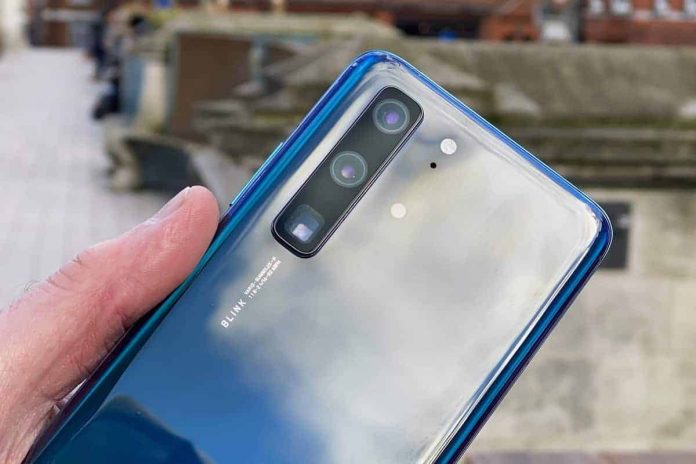With it seeming almost certain that Huawei’s next top-shelf smartphone will launch without Google’s Mobile Services, and thus, without Play Store access and without most apps that western users have come to expect, to say the phone faces an uphill battle is no stretch.
Huawei’s Mate 30 Pro, launched last September, faced the same challenge and – in our review – we found that the phone offered very little to an Android user accustomed to Google services. 3rd party apps were limited, and while 1st party apps – Huawei’s own browser, camera, gallery, etc – were perfectly fine, they didn’t do much of what users care about.
Getting Gmail was easy, but getting Google Contacts and Calendar – which a LOT of users need – was almost impossible. Forget about any 3rd party apps like Uber, Spotify, your bank’s apps and more … making the phone a bit of a lame duck with a great camera.
It’s been six months, and with the Huawei P40 Pro to launch later this month (at this stage), we sought some information from Huawei about what apps users will actually be able to get, and there were some pleasant surprises.
We asked Huawei Australia’s consumer managing director Larking Huang whether customers would be able to access popular streaming services, as these are increasingly important for Australian consumers.
While he couldn’t commit to those services coming – meaning they probably aren’t – he did share a list of apps with us that were confirmed as already available, either through Huawei’s own App Gallery, or by using Phone Clone to install them from a previous handset (which had those apps.
It’s worth noting, though, that this list below is far from exhaustive; it’s just a sample list of interesting apps which users might be interested to know about:
| HMS / Huawei System Apps | 3rdParty Apps from AppGallery | HMS Games from AppGallery | 3rdParty Apps from Phone Clone | 3rdParty Apps from Phone Clone / The Internet |
|
|
|
|
|
This is quite an interesting approach, as Phone Clone (like many other phone migration solutions including those from Samsung) actually copy the installed application files from one phone to another, removing the need – and data consumption – from downloading the install files from the internet, when they’re available locally.
What this means is Huawei P40 Pro buyers, even without access to the Google Play Store, will be able to install virtually any app from the Play Store, provided it was installed on the user’s previous phone.
Say you’re upgrading from a P30 Pro and it’s set up just the way you like it. Spotify, your banking apps, social media apps etc. Use Phone Clone, copy the apps across, and Larking is claiming these apps will work on your new P40 Pro.
Obviously this won’t work for every app. Some apps can’t be copied this way due to security restrictions. Equally, it won’t copy Google apps – they’re system apps, not user, and so can’t be copied. Some apps which you probably can copy – such as Netflix – rely on Google’s SafetyNet which Huawei’s P40 Pro won’t pass, so the app will install, but it won’t work. Google Pay is the same – you’ll likely be able to copy it, but it won’t work.
However, from my understanding of Phone Clone, many of your bank’s financial apps probably will work in this way, Spotify almost certainly will, PayPal, and so on – looking at the list above.
This is a rather interesting workaround, and will mean that instead of having to rely on the HMS App Gallery – which doesn’t seem too full, yet – users can use a phone that does have Google services, and can access Play Store apps, to bring those apps across to their new Google-free Huawei phone.
I’m not sure this will be a consumer success indicator, as it does require a level of mucking around that some users might not be prepared to engage in. However, it’s something, and it’s something that Huawei’s going to need to increase the retail popularity of what would otherwise be a bit hard to sell.




